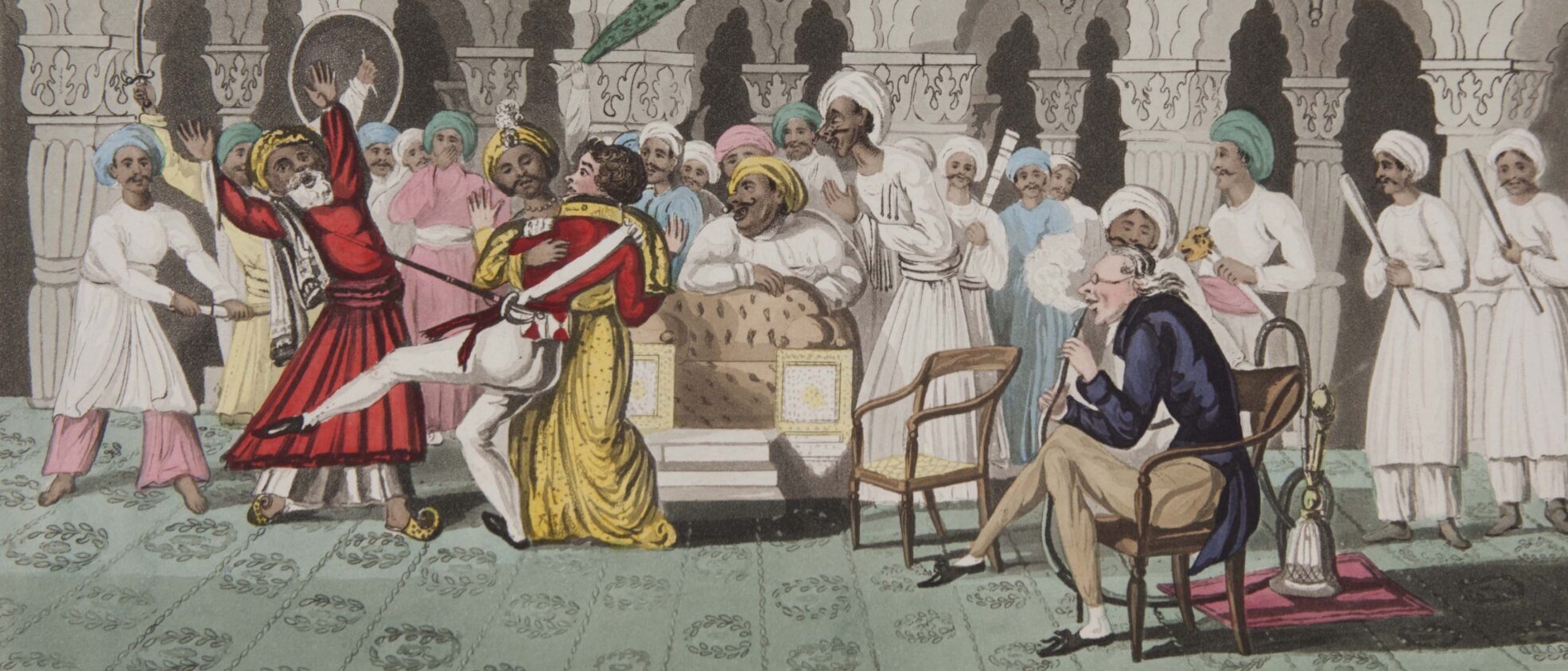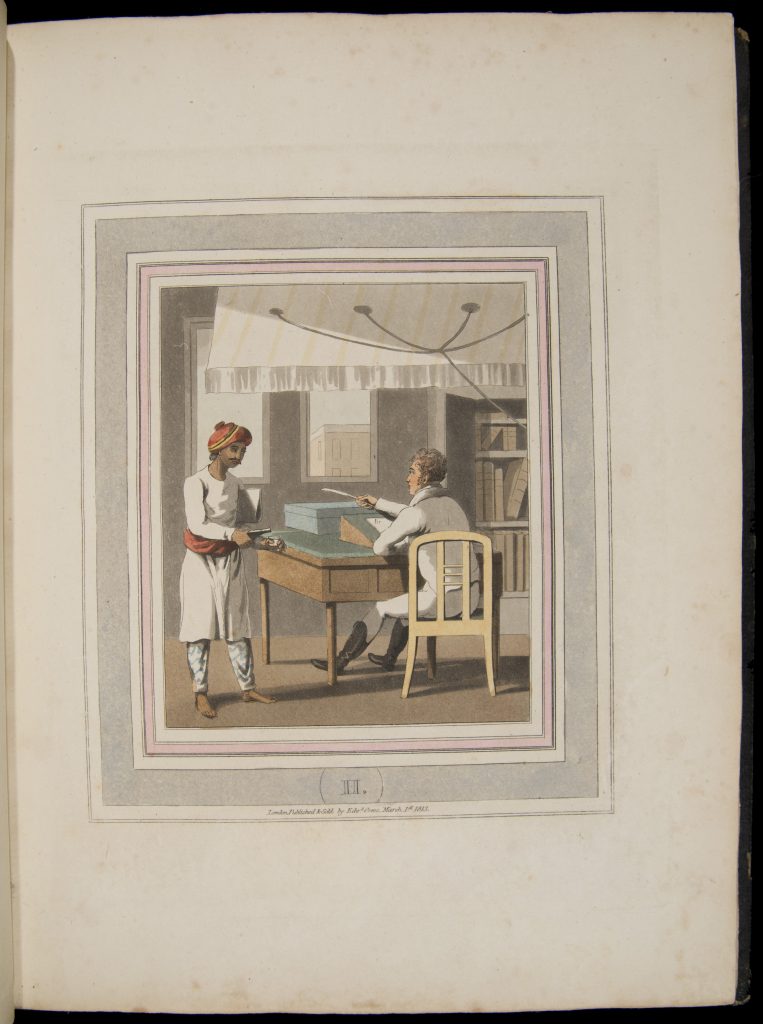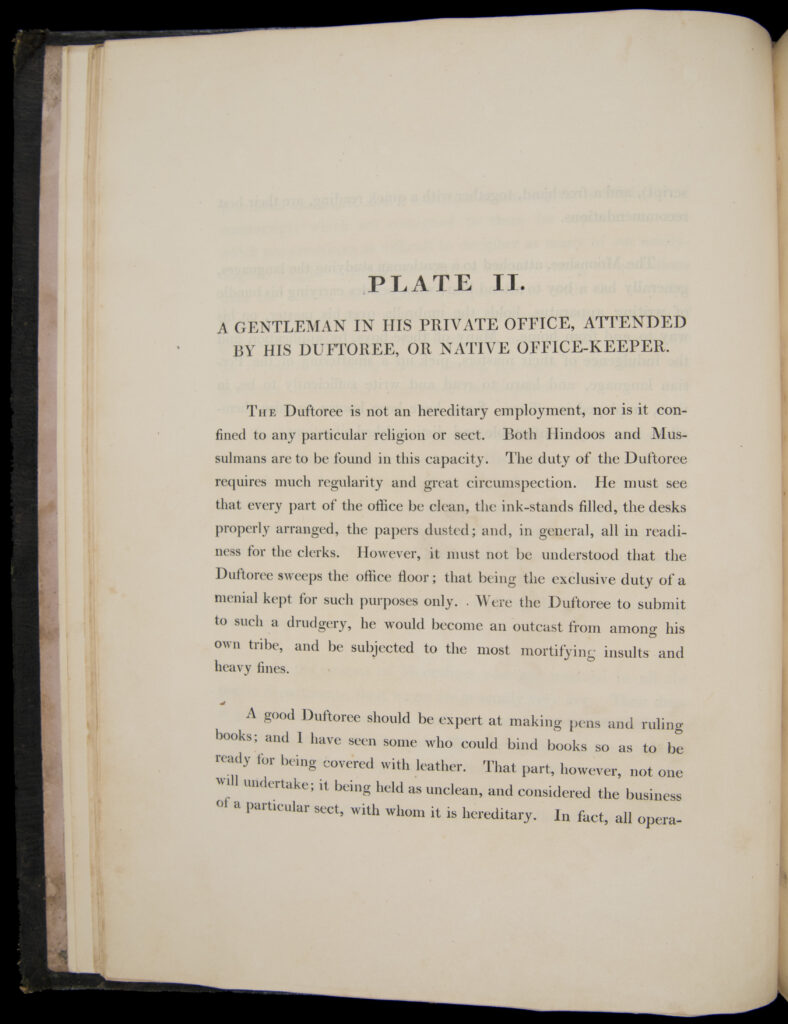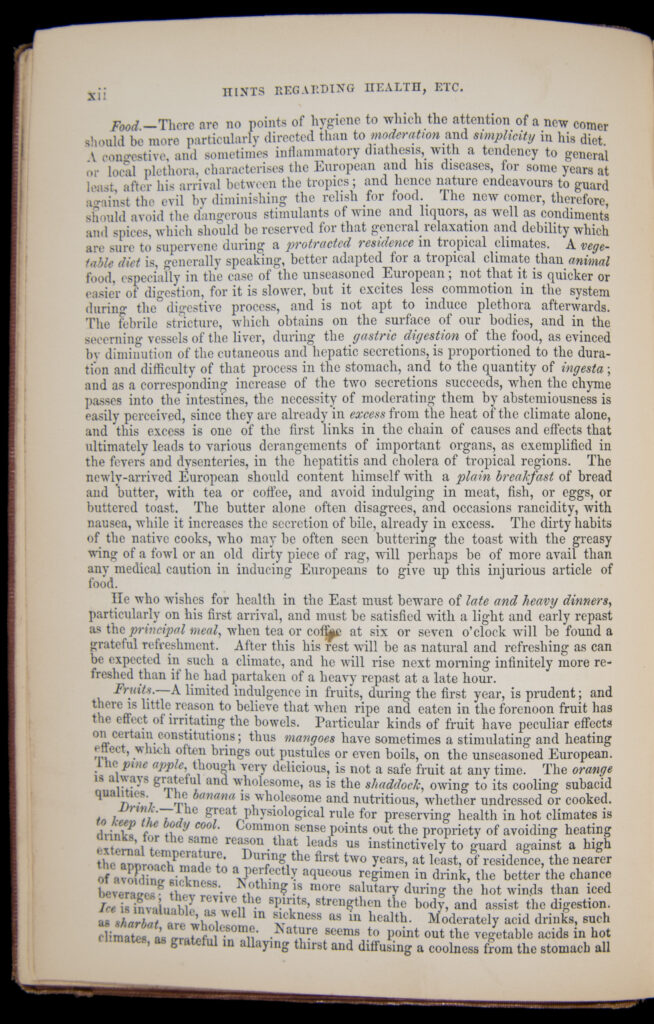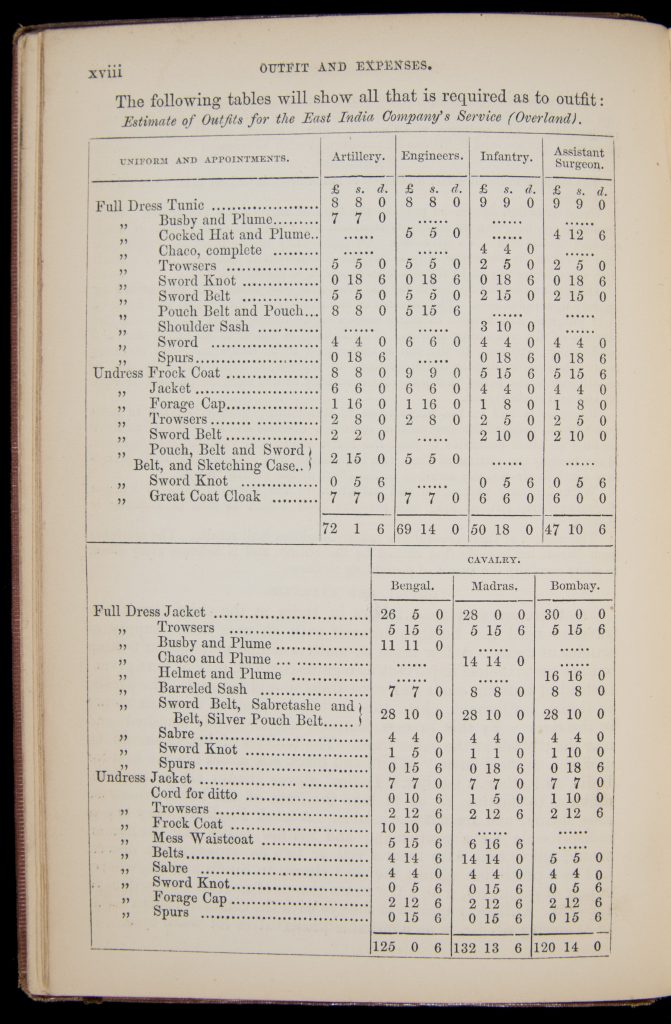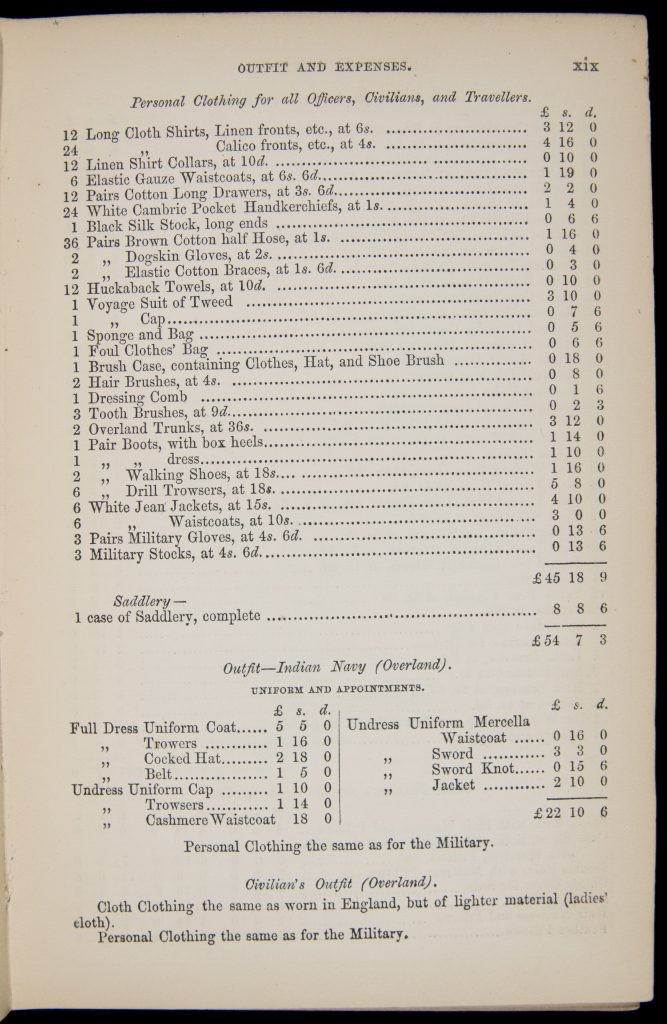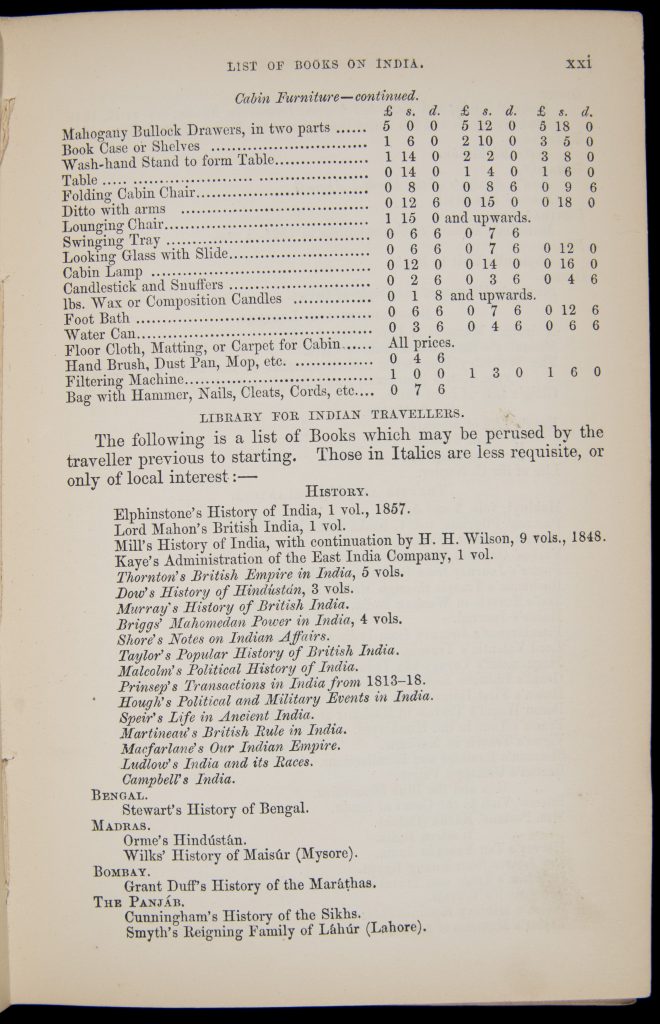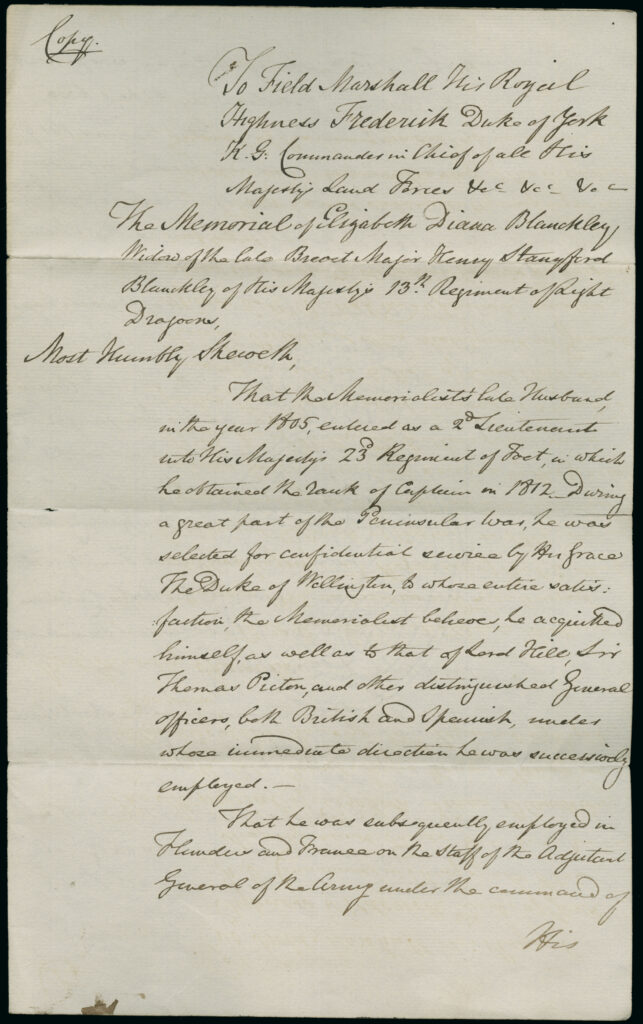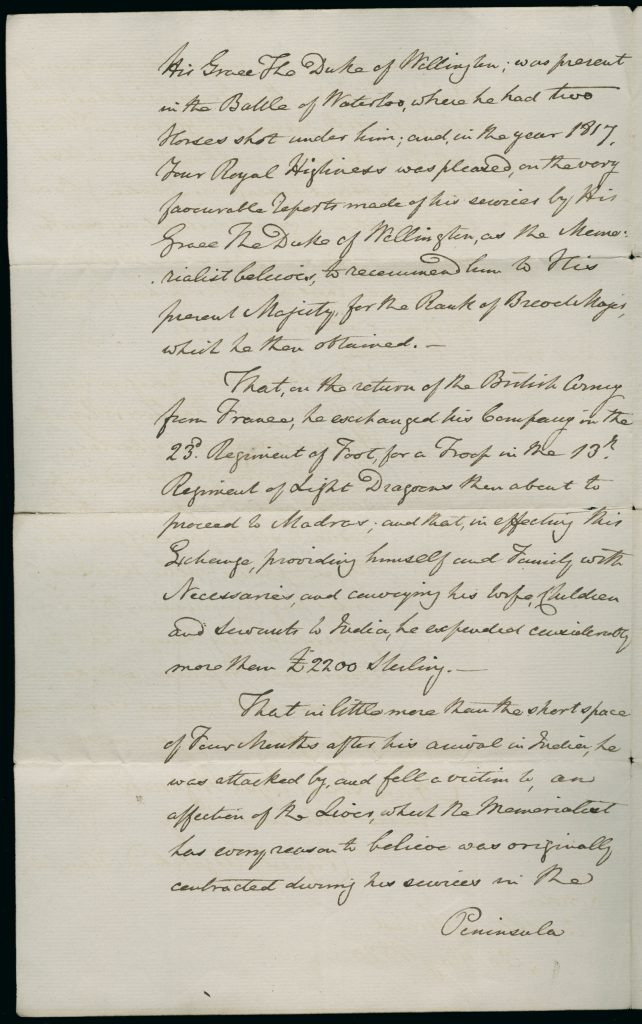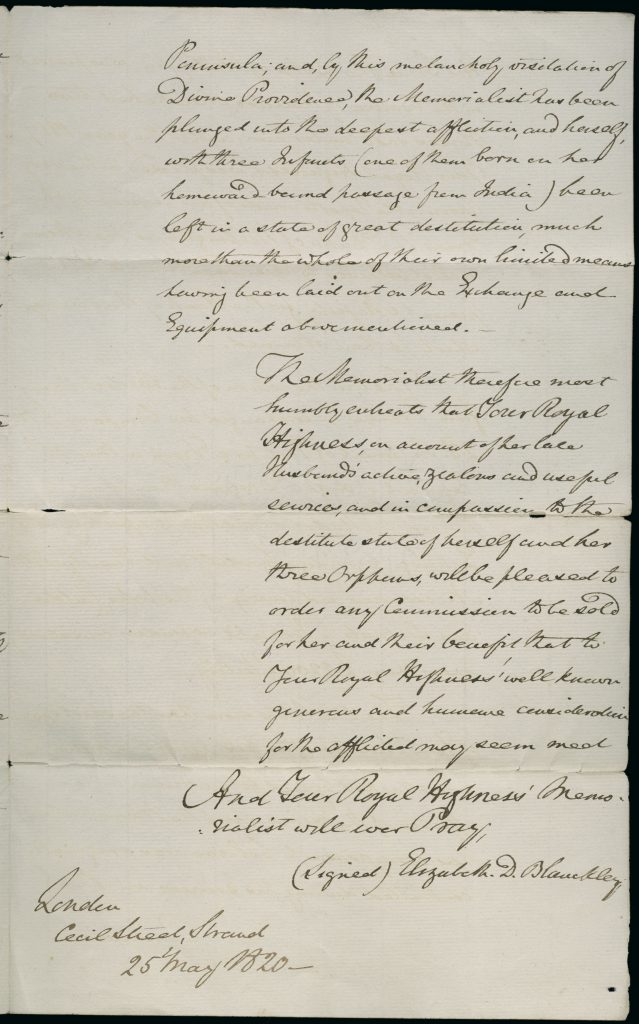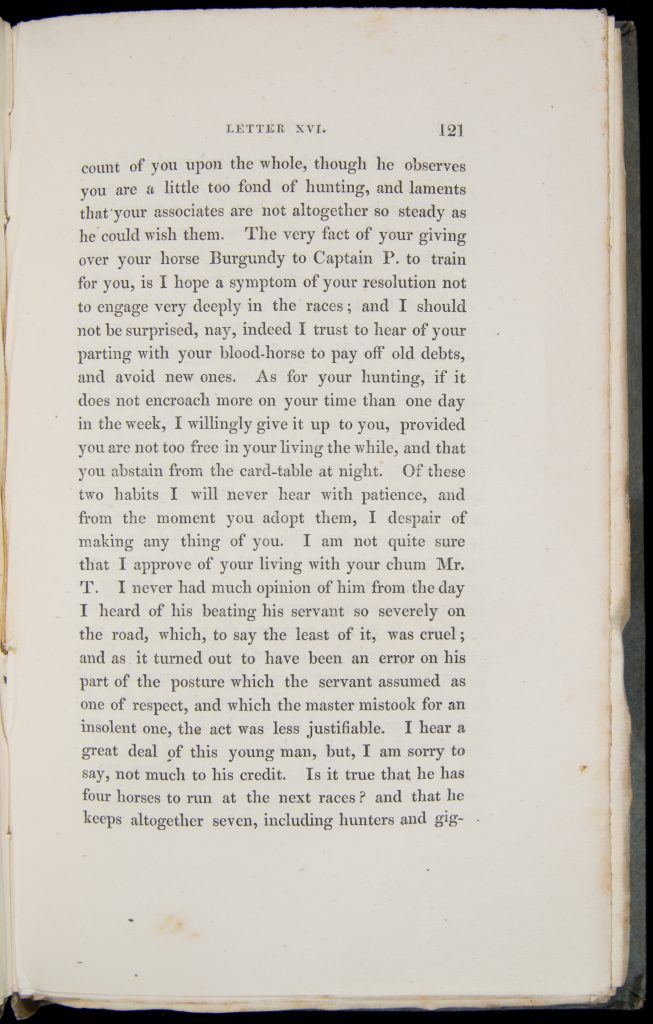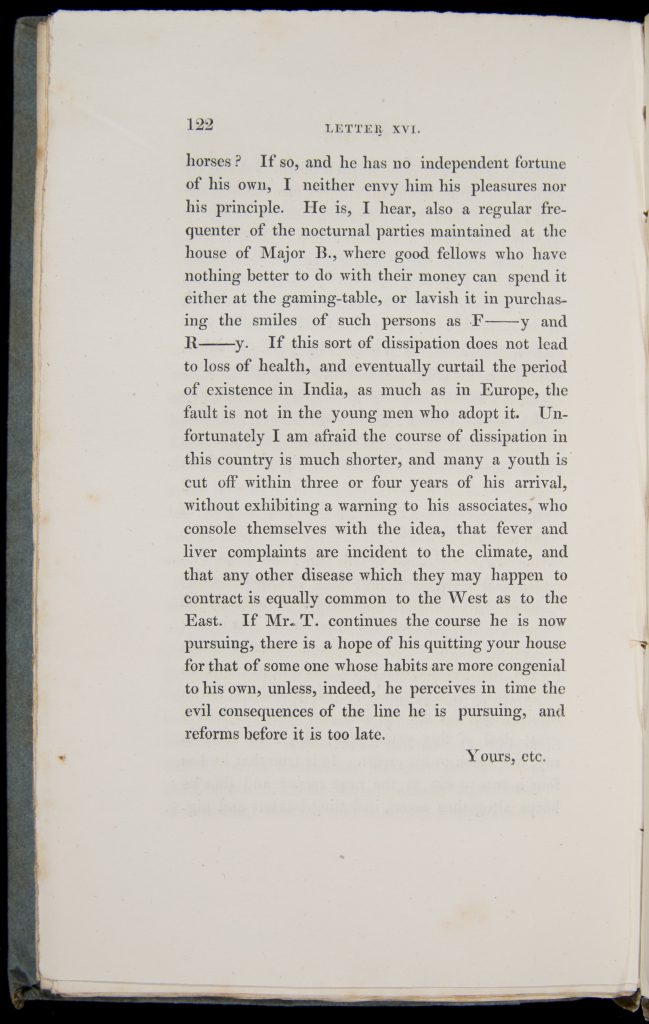Introduction
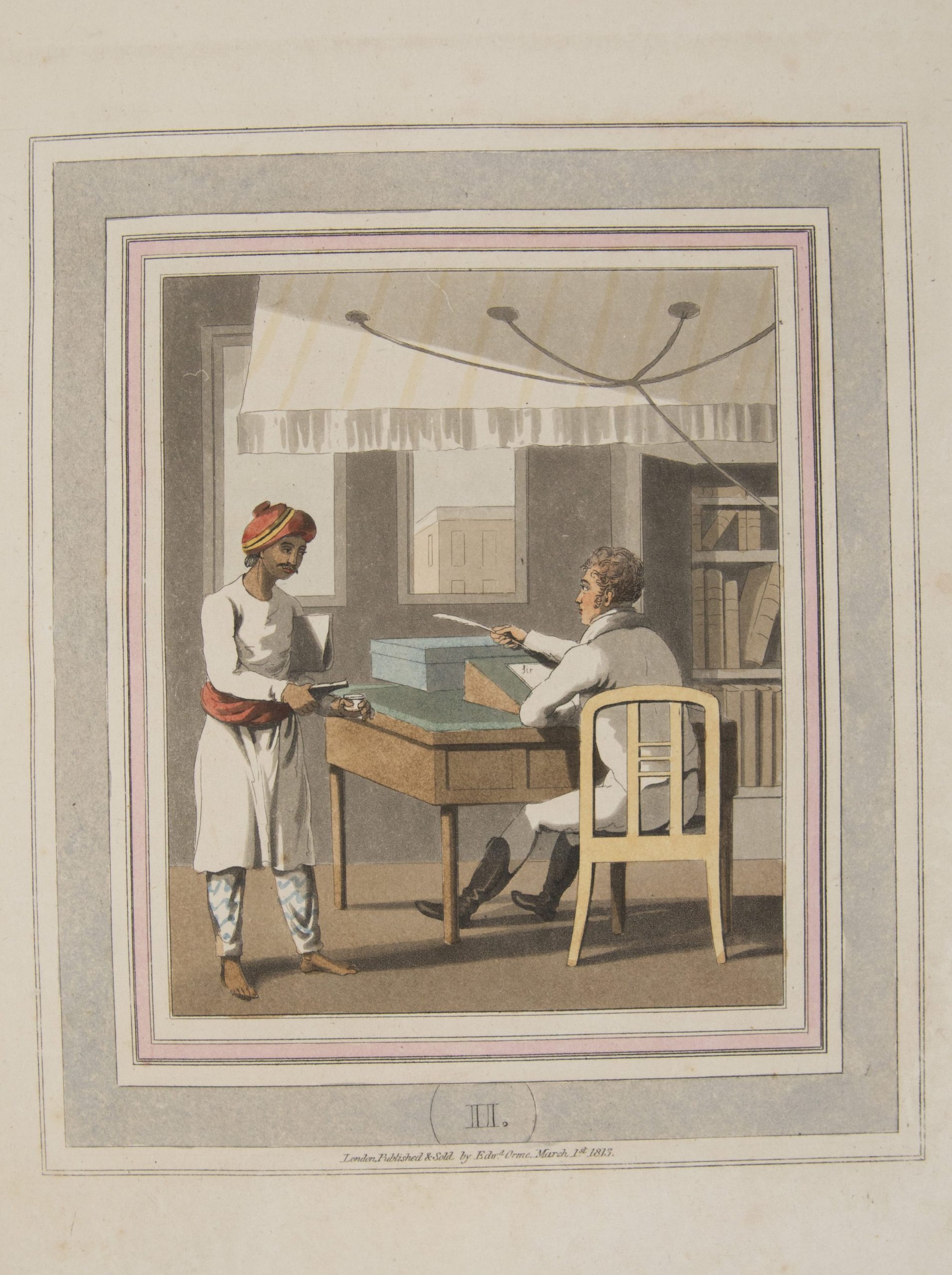
Between the 1400s and the 1700s, England conquered Ireland, Scotland, and Wales and established colonies in both the West Indies and North America. Some historians call this era of British colonization “the first Empire.” As Britain lost its grip on the American colonies, the “second Empire” began in India. British merchants had been trading in Southeast Asia since the early 1600s, but it was not until around 1750-60 that they began to seriously intercede in Indian politics, including cultivating or coercing local rulers and informally annexing territory.
The British had long been imperialist aggressors, but their gradual annexation of India reflected a new model of colonization. Colonies previously established in North America and the West Indies were characterized by British settlers living in permanent communities. However, in India, the British were a thin on-the-ground force of soldiers and civil servants, most of whom only intended to live and work in India in the short term. This trend began with the East India Company, a company founded by London merchants in 1600 that enjoyed a government-sanctioned monopoly over English trade on the South Asian sub-continent. For the next 150 years, the East India Company established warehouses and offices, known as “factories,” across Southeast Asia, hoping to gain access to spices, the Indian cloth trade, opium, and tea. By the mid-1760s, however, the East India Company’s aggressive use of private armies transformed the company into the predominant ruler of India. The Regulating Act of 1773 brought the Company and its territorial gains under the control of the British Parliament, and in the future it would operate as an imperial agent of the British government (that is, until the latter took direct control of India in 1848).
In conquering larger and larger swaths of India over the course of the late eighteenth, and early nineteenth centuries, the East India Company not only brought a distant land under British control, but also created new spaces for Britons to travel and work. Most did not hope to settle in India, but rather use this new imperial possession to improve their personal fortunes. This collection brings together advice manuals, letters, cartoons and other materials to explore the common features of colonial life and what Britons setting out for the Indian empire expected to find there, hoped to achieve, and the challenges they faced.
Essential Questions
- What do the different documents in this collection tell you about why Britons in the eighteenth and nineteenth centuries ventured out into the Empire?
- How did the perspective on the British Empire differ between people who lived and worked in India versus people who remained in the British Isles?
- How did Britons perceive native peoples?
- Do any of these documents give you an idea of why England wanted to create an empire in the first place?
Colonial Bureaucracy
From 1760 to 1840, the British both expanded their frontiers and consolidated their authority in India. While they negotiated and made alliances with some native rulers, they fought against and defeated others beyond conquering new territories, the East India Company also began to tax local populations. This was an extremely lucrative practice, and during the eighteenth century, the Indian province of Bengal alone generated tax revenue of three million pounds. In order to keep tax revenue flowing, the British administration needed to assess taxes, enforce payment, and encourage stable property relations. Juggling military conquest, diplomacy with native rulers, and the regulation of tax collection, resulted in a governmental bureaucracy that was unusually large, and predominantly concerned with controlling native peoples rather than, the self-rule systems common in North American colonies.
Selection: John Heaviside Clark, The European in India, Plate II and description (1813).
Service with the East India Company as a soldier or civil servant was an opportunity for middle class men, or the younger sons of genteel families, to make their fortune. Those hopeful of securing a job and future promotions had to master a wide variety of administrative skills and develop a familiarity with Indian languages and customs. India was also non-Christian, tropical, and extraordinary ethnically and socially diverse, that is, very different from England.
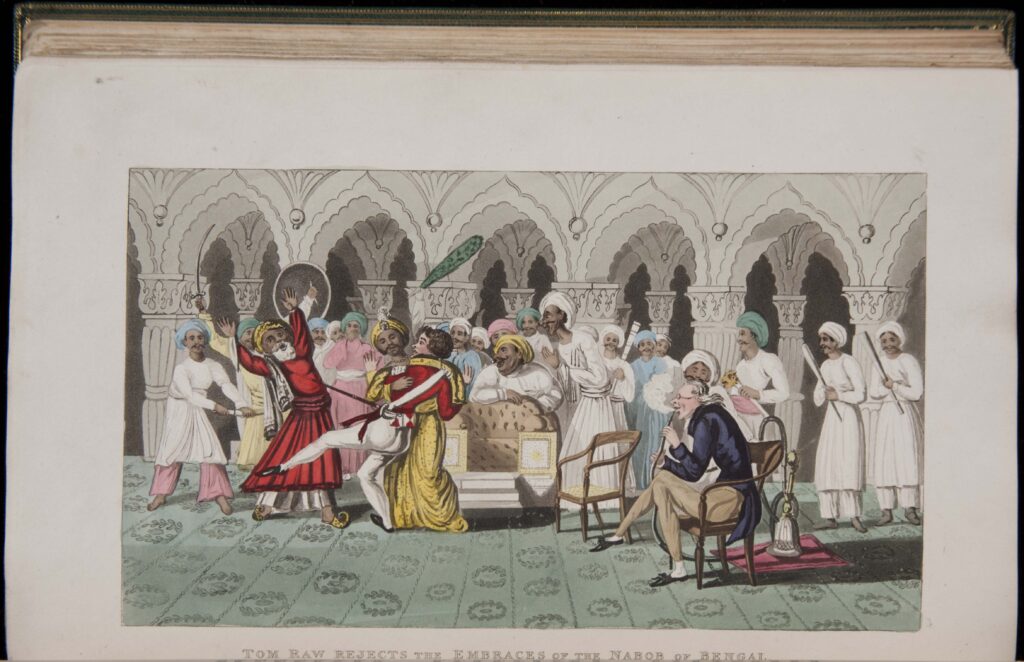
A future colonial servant could learn about the people and scenes he could expect to encounter in India by reading handbooks, memoirs, guides, and advice manuals. The documents in this section include a chapter from a book entitled The European in India, which features descriptions and images of native people. This book was published specifically for those intending to travel to India to work as a British official. The second document is a cartoon of the fictional character Tom Raw, a young British cadet who goes to India hoping to find success and glory. Though one is a guidebook and the other satire, both documents reveal the anxiety Britons felt about successfully acclimating to India’s political, religious, social, and cultural differences.
Questions to Consider
- What kinds of information does the author give about the “defter” or “office-keeper?” Why might the typical “defter’s” clothes, where they live, and how much money they make matter to an East India Company administrator? What are some specific examples of when this information might be useful?
- Based on this document, what skills or knowledge were considered most necessary for colonial servants at this time?
- Read the poem that accompanies the Tom Raw cartoon, which describes Tom Raw’s disastrous introduction to the nabob, or native Bengalese ruler. What does Tom Raw do wrong? What do his gaffes say about the skills necessary for success in India?
Epidemic Disease and Financial Misfortune
Beyond being socially and culturally unfamiliar, India could also be a dangerous place. Travelers to India had to face what David Arnold has called “the deadly trinity of smallpox, cholera, and plague.” British civil servants in India died at twice the rate of those in England, and British armed forces in India were almost four times more likely to perish than their peers stationed in continental Europe.
Selection: Edward Backhouse Eastwick, Murrays’ Handbook of India, xii, xvii-xxi (1859).
At the time, doctors did not know the origins of disease, especially epidemic diseases. Germ theory would not be universally accepted by the scientific community until the mid-nineteenth century. Prior to this medical breakthrough, doctors hypothesized that, in addition to environmental factors like humidity, temperature, and elevation, the way one dressed, slept, and especially ate, had a profound effect on health. Confronted with the high mortality rates of Indian colonialists, British doctors assumed that foreign food, and the intense heat and wetness of India fostered particularly virulent and fatal diseases. As a result, there was a vast supply of advice on how to counteract the effects of the Indian climate and develop healthy eating habits in a place with few of the food staples Britons were used to. One example is the document below, taken from Murray’s Handbook of India. This handbook advises the traveler on how, when, and what to eat while living in India. Pay attention to the author’s depiction of Indian servants. Though the British died at a disproportionately higher rate of epidemic diseases than local people did, they were often dismissive of local medical knowledge, health regimens, and traditional diets.
Selection: Elizabeth Diana Stanyford-Blanckley to the Duke of York (May 25, 1820).
The excerpt from Murray’s Handbook also features a detailed packing list recommended for the colonial servant and his family. Outfitting for the multi-thousand mile trip, life in a tropical locale, and the many uniforms required of a British officer was very expensive, as is exemplified by the testaments of the Stanyford-Blanckley family, who spent over £2,200 on supplies for their move to India in 1819. The widow of Major Henry Stanyford-Blanckley penned the final document, in which she petitions the Duke of York for a pension to support her and her children, after her husband’s sudden death. Mrs. Stanyford-Blanckley’s letter is a testament to the high mortality rates of Indian colonial servants, and the sometimes bleak financial prospects of the families they left behind. Major Henry Stanyford-Blanckley had lived a long and eventful life, working as a military spy during the Peninsular wars, fighting in the battle of Waterloo, and serving in Nova Scotia, Canada before finally moving to Madras to become a cavalry officer. After living in India for a little more than four months, the major died in early 1820 of an apparent “liver” complaint—the standard diagnosis for many illnesses in India at that time. He left his wife and three infant sons, one of whom was born on-board the ship as his now destitute wife fled back to England.
Questions to Consider
- Climate is among the most discussed elements of colonial travel and residence. Why was it important according to this advice manual? What were the effects of a tropical climate assumed to be? On the English? On native Indians? On the newcomer versus the “seasoned” European?
- What does Murray’s Handbook of India reveal about the living standards of the British in India? Did they eat well? Did they have much time for leisure? Were they in control of their own schedules? Do they seem wealthy or poor?
- Read Mrs. Stanyford-Blanckley’s petition to the Duke of York. What arguments does she use to try to persuade him to help her family? What were the ultimate consequences of her family’s move to India, especially on their finances?
Why Go?
Why were Britons willing to go to India if they faced sudden reversals of fortune and rampant epidemic disease? One explanation is demographic: the period of 1760 to 1860 saw huge population growth in Britain, with birthrates rising by up to 18 percent. The average elite woman of the early nineteenth century could expect to give birth to around eight babies, whose infant survival rate was around 90 percent. Upper-class families were reaching unprecedented sizes at unprecedented rates. Desperate to find careers for so many children, families looked to the East India Company, whose administrative and military staffing needs grew constantly as they took over more territories and instituted more taxation.
Selection: John Briggs, Letters Addressed to a Young Person in India, 120-122 (1829).
Because many people were propelled by their families into Indian colonial service, it is unsurprising that these connections remained important after they arrived in India as well. Family networks could provide recommendations for jobs, practical advice, places to stay on first arrival, and moral support. The document below is a letter from Colonel John Briggs to his nineteen-year-old nephew George, who had recently followed his uncle and older brother’s example by traveling to India to become a colonial servant. Colonel Briggs wrote frequently to his nephews, giving tips for professional success and urging them not to waste money or time on gambling, hunting, parties, and horse races.
Questions to Consider
- What are Colonel Briggs’s primary concerns about his nephew’s professional and personal life in this letter?
- Why do you think he is concerned that his nephew is associating with the disreputable “Mr. T?” What does this letter tell you about the culture of young men who were working their way up through the professional ranks of the army or civil service? Do they seem to have much free time? Were they carefully supervised or somewhat independent?
- Compare Colonel Briggs’s advice to his nephew with that of Murray’s Handbook of India. Are the two sources concerned about the same things? If you were a young civil servant or army officer, would you rely on Murray’s Handbook, The European in India, or advice from a family member like Colonel Briggs? Why?
- What do these documents tell you about the importance of interpersonal relationships for Britons in India? Considering the huge changes in India from the mid-eighteenth to early-nineteenth century, why might who you know be particularly important?
Adjusting to Life in British Colonial India, 1750-1850
With huge population growths in Britain between 1760 and 1860, many young people, particularly those from upper-class families, began seeking (or were propelled into) a colonial career with the East India Company. However, life in India was very different to that in Britain in terms of climate, culture, demographics, and diseases, and to help them with the adjustment, new colonial administrators turned to manuals, handbooks, memoirs, and family networks.
Further Reading
Arnold, David. Colonizing the Body: State Medicine and Epidemic Disease in Nineteenth-Century India. Berkeley: University of California Press, 1993.
Ghosh, Durba. Sex and the Family in Colonial India: The Making of Empire. Cambridge: Cambridge University Press, 2006.
Metcalf, Thomas. Ideologies of the Raj. Cambridge: Cambridge University Press, 1995.
Peers, Douglas and Nandini Gooptu, eds. India and the British Empire. Oxford: Oxford University Press, 2012.



